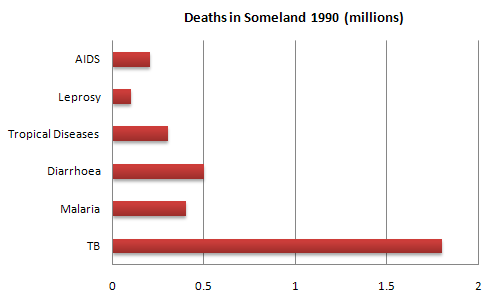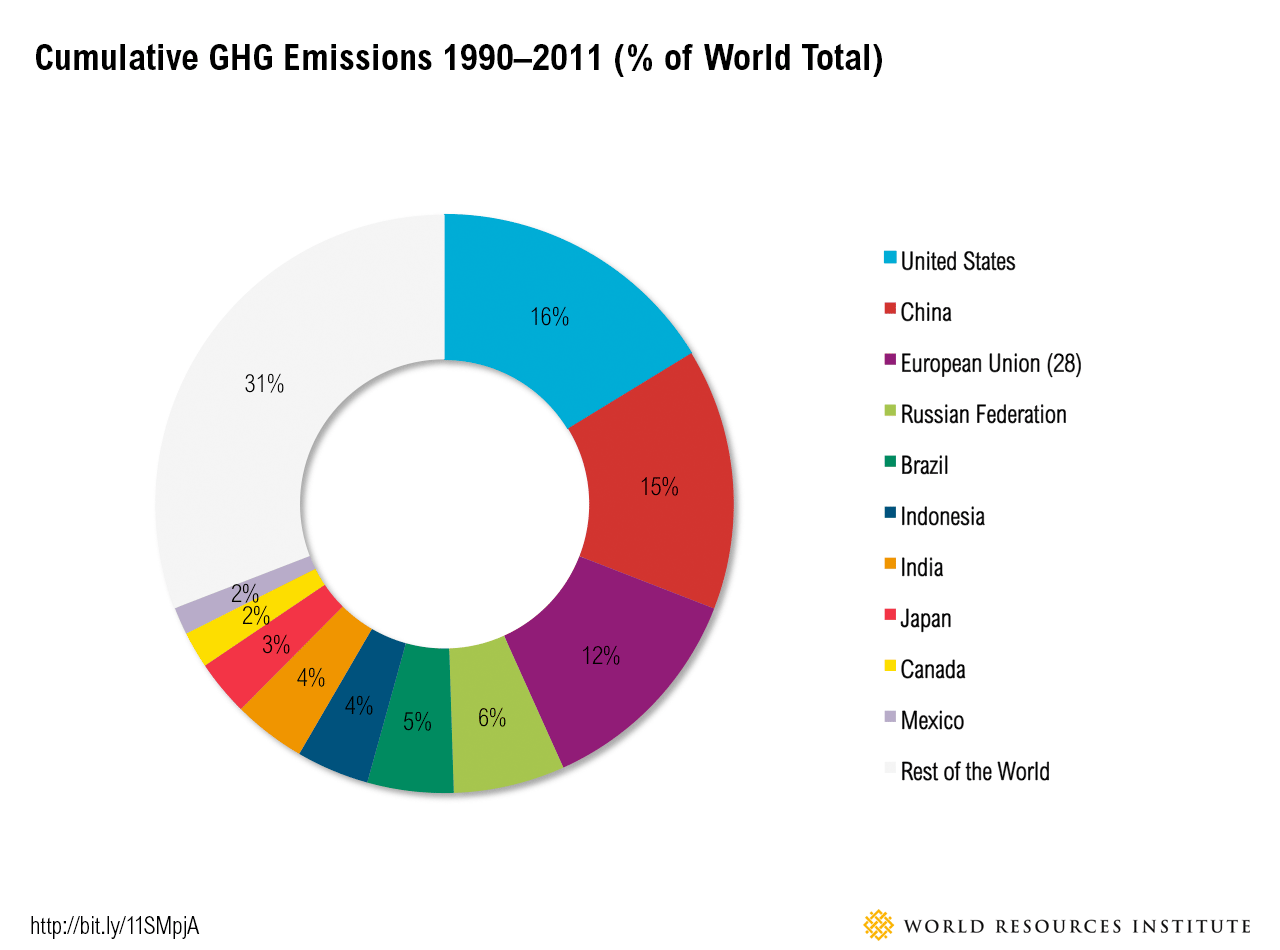Understanding Graphs – 2
We already have talked about dynamic graphs and how to write an overview for the dynamic graphs. Now, let us have a look at the other kind of graph i.e. the static graph.
Static graph is a graph in which the data is provided for a fixed point of time.
Let us understand how they are answered with the help of the following example.
The following graph shows data from just one point in time. We can therefore not talk about general trends over time. Here, the major concern is over comparing data between the various sources. Here, we will be comparing the different diseases.
Now, let us first understand this graph. What are the things that you can understand by simply seeing this graph.
First, TB crosses the mark of 1.5 and hence causing the major deaths. The next major disease is diarrhea while Leprosy and AIDS cause the least number of deaths.
Now, let us try to write an overview of the graph –
The graph compares the deaths caused by six diseases in Someland with TB causing the major deaths while Leprosy effecting the least number of people. Apart from TB and Leprosy, the number of deaths are almost same for all other disease.
When we look at static graphs we should be looking for:
- What are the highest/lowest values?
- What are the most noticeable differences?
- Any similarities?
- Any significant exceptions?
What else to take into consideration?
Try making complex sentences by using sub ordinate clauses. Complex sentences are sentences with more than one clause and they help increase our marks in the grammatical range part of the marking criteria. You can make sub ordinate clauses by using words such as ‘while’. ‘although’, ‘with’, ‘even though’, ‘whereas’ or ‘and’.
General Structure of the IELTS writing task 2
Paragraph 1- Paraphrase Sentence
Paragraph 2- Overview
Paragraph 3- Details
Paragraph 4- Details
Remember, you need not to write any conclusion.




